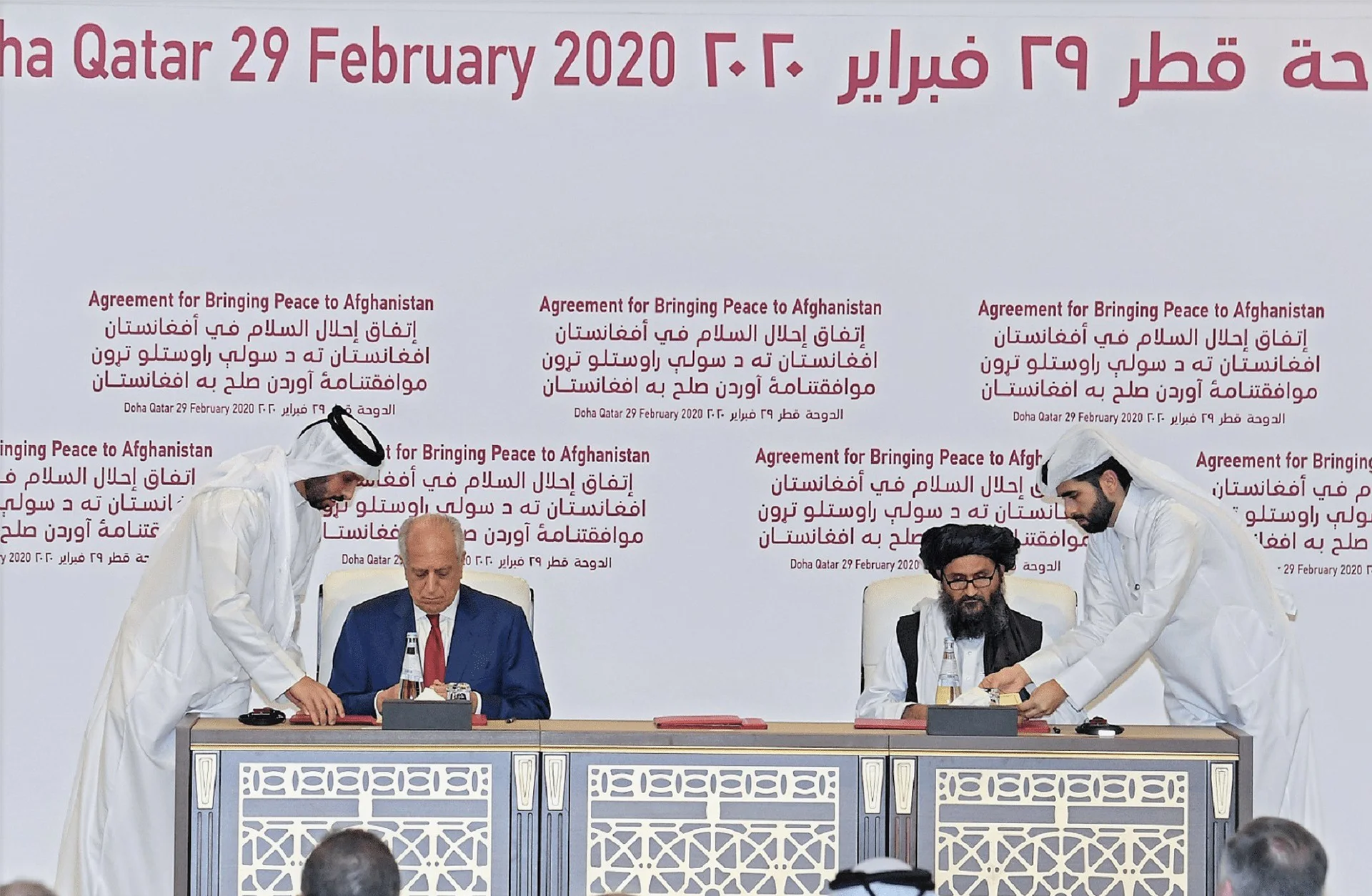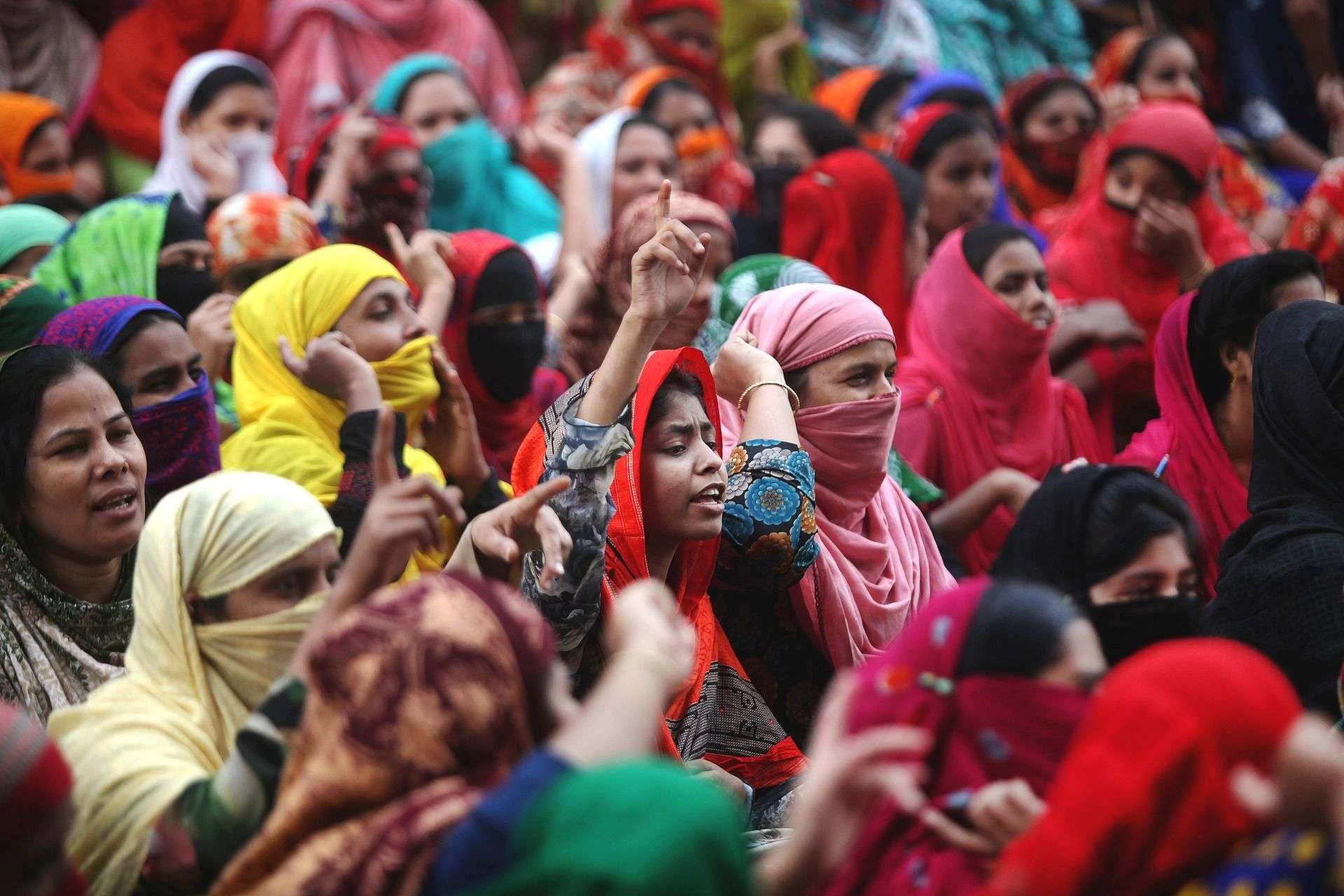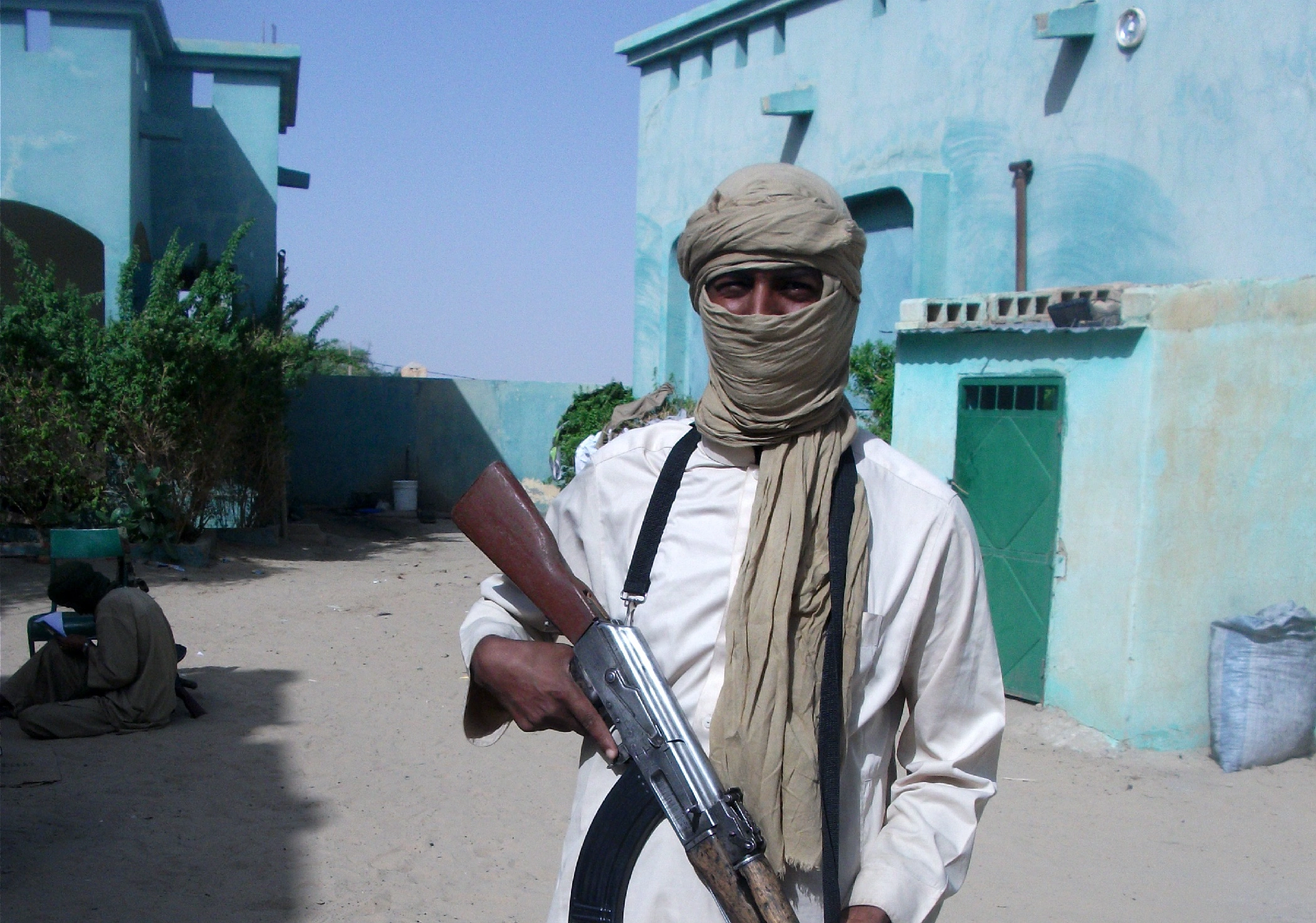World Bank board of directors approves $202 million to additionally finance for the Modern Food Storage Facilities project. This stimulus is directed towards increasing the storage capacity of Bangladesh’s national strategic grain reserves. The financial coverage aims to increase storage reserves by 535,500 tons for 4.5 million households.
Modern Food Storage Facilities project
Moreover, the modern Food Storage Facilities project initiates covering the challenging situation rising out of unforeseen threats. Climate change and COVID-19 predominantly support the case as being the most relevant examples of the gap’s the project intends to fill. The project goal is to abate food insecurity, especially in challenging times, such as climate change and the pandemic, as per world bank release.
Development and Construction
Furthermore, under the project, eight Public modern grain storage steel silo complexes are present. The silo complexes are for rice and wheat and are located in eight different districts. Having noted the current construction work taking place in Ashuganj, Madhupur, and Mymensingh, the fiscal stimulus will help construct rice silo. The rice Silo will be in Dhaka, Narayanganj, and Barishal. Whereas, wheat silos will be in Chattogram and Maheshwarpasha.
Food Stock and Market Monitoring System (FSMMS)
Additionally, grain storage management will operate via FSMMS. This is to meet the post-disaster need of individuals in the context of grain reserve. Also, this is how the project, reflects on improving the efficiency of grain storage management. New job opportunities will be created. Prioritizing women in the operation and management of silos.
“Nearly 80 percent of Bangladesh’s population lives in rural areas with climate shocks threatening their livelihoods, welfare, and food security,” said Mohammad Anis, Acting World Bank Country Director for Bangladesh and Bhutan.
Food security via modern Food storage system
Similarly, a modern food security system together with an efficient distribution system can help preserve food security. Especially in natural disasters or amid a crisis, says Acting World Bank Country Director. Presently, 500,000 household- air and water-tight food containers are manufactured. They ate distributed to poor farmers and women-headed vulnerable households in disaster-prone coastal areas.
The government has further committed to distributing 300,000 additional silos.
Grain reserves capacity
“Currently public food distribution and grain reserves have a total effective capacity of about 2 million tons,” said Christian Berger, World Bank Team Leader for the project. He apprised over the poor condition of the majority of reserves. This leads to a loss in both nutritional value and quantity. The project will help upscale storage management, he said.
Grain storage and handling losses will abate by 50%. Also, the nutritional value enhancement is for a time period of two years.
Concessional Financing by WB
The 30-year term, including a five-year grace period, applies to the concessional financing underworld bank. The credit is from the World Bank’s International Development Association (IDA). $13.5 billion worth IDA program is currently operating on the ground. Which makes Bangladesh the largest IDA program benefiter.





